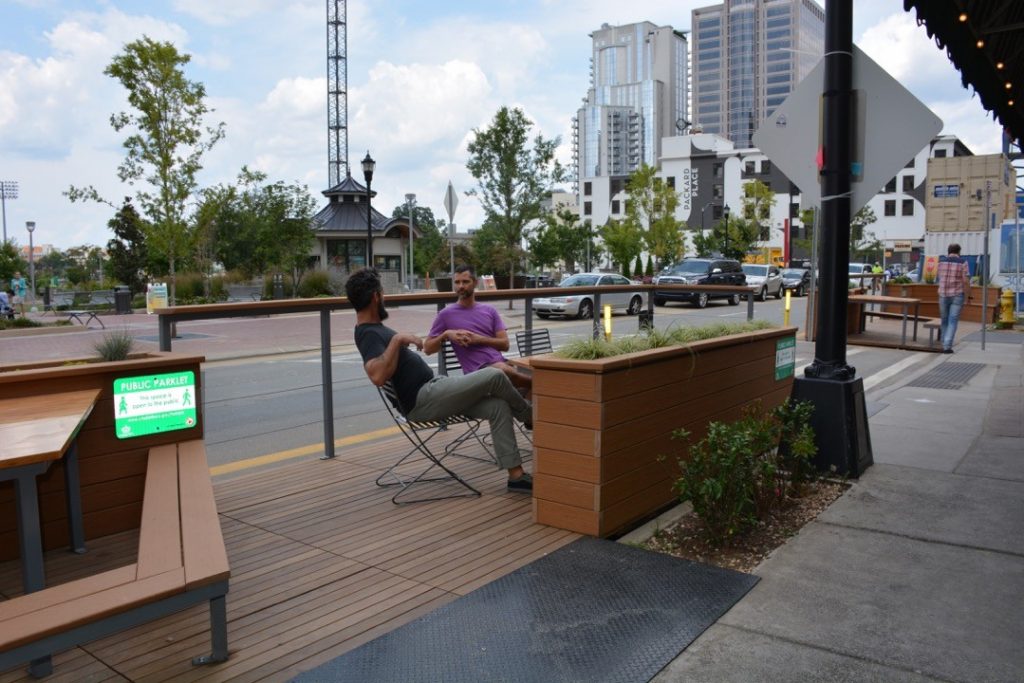
I don’t think I’ve ever been on a vacation where I didn’t say to myself, “Would I live here? I would live here,” followed by some surreptitious investigation of the local real estate market.
Case in point: this summer’s Alaskan cruise. With no more than eight hours in each of the four port towns on the itinerary, I trundled down the gangway with a fierce sense of purpose and possibility. What would delight me here? In Ketchikan, it was the rivers rippling with salmon, and a meal of the world’s best fried halibut. In Juneau, it was the compact downtown so easily navigable that a twenty-minute walk encompassed a host of shops and museums.

